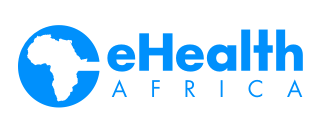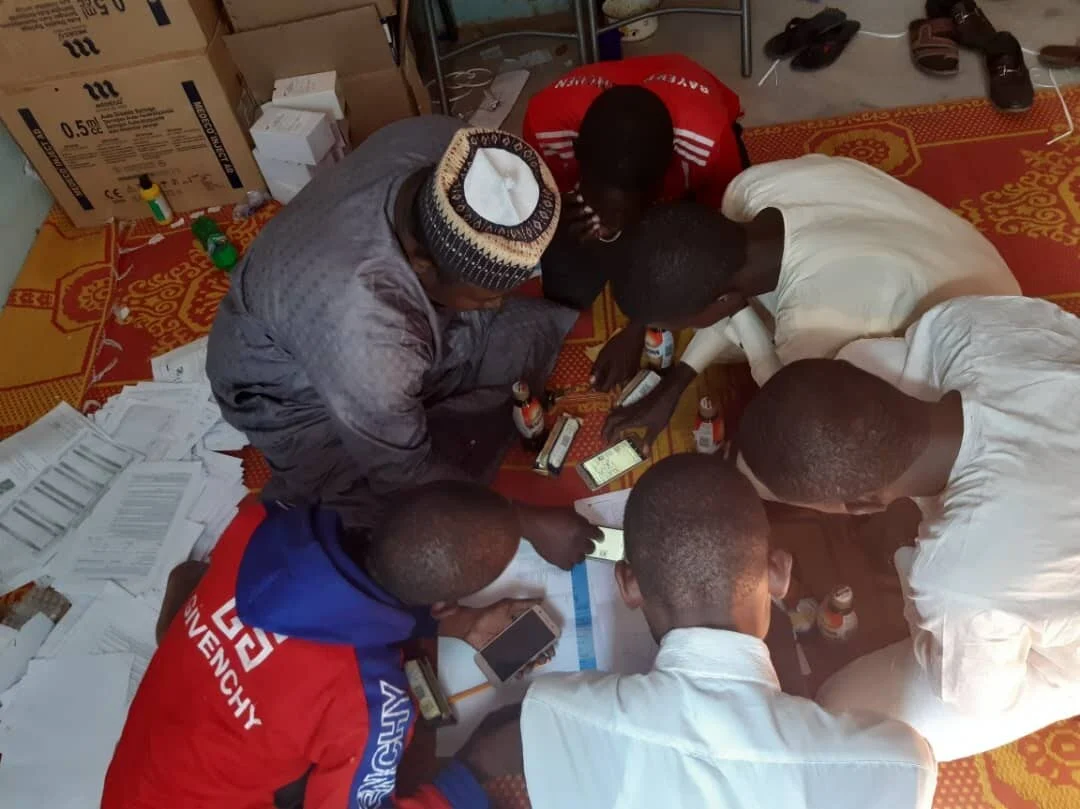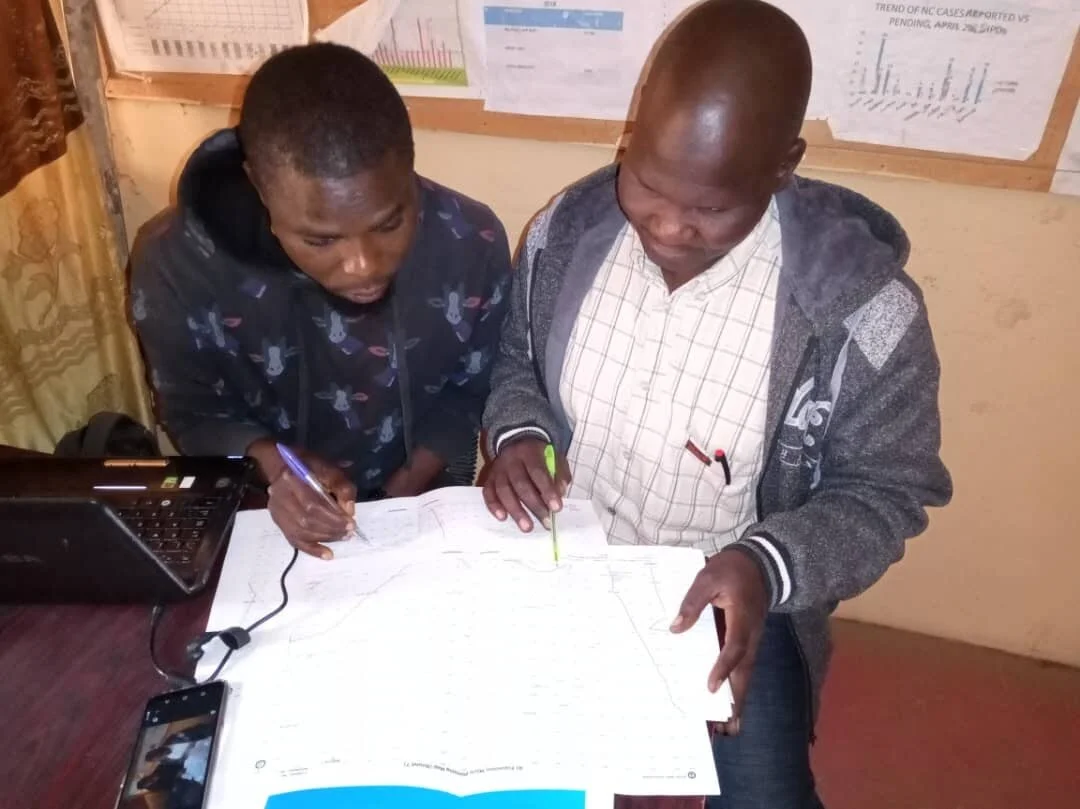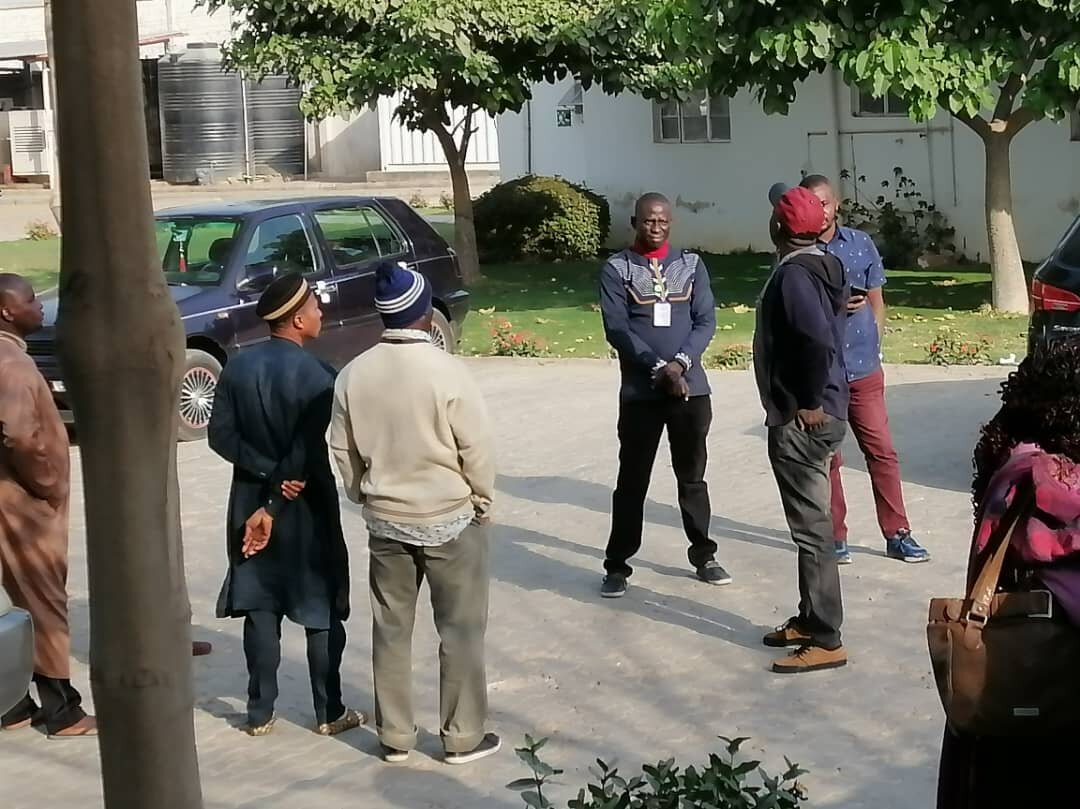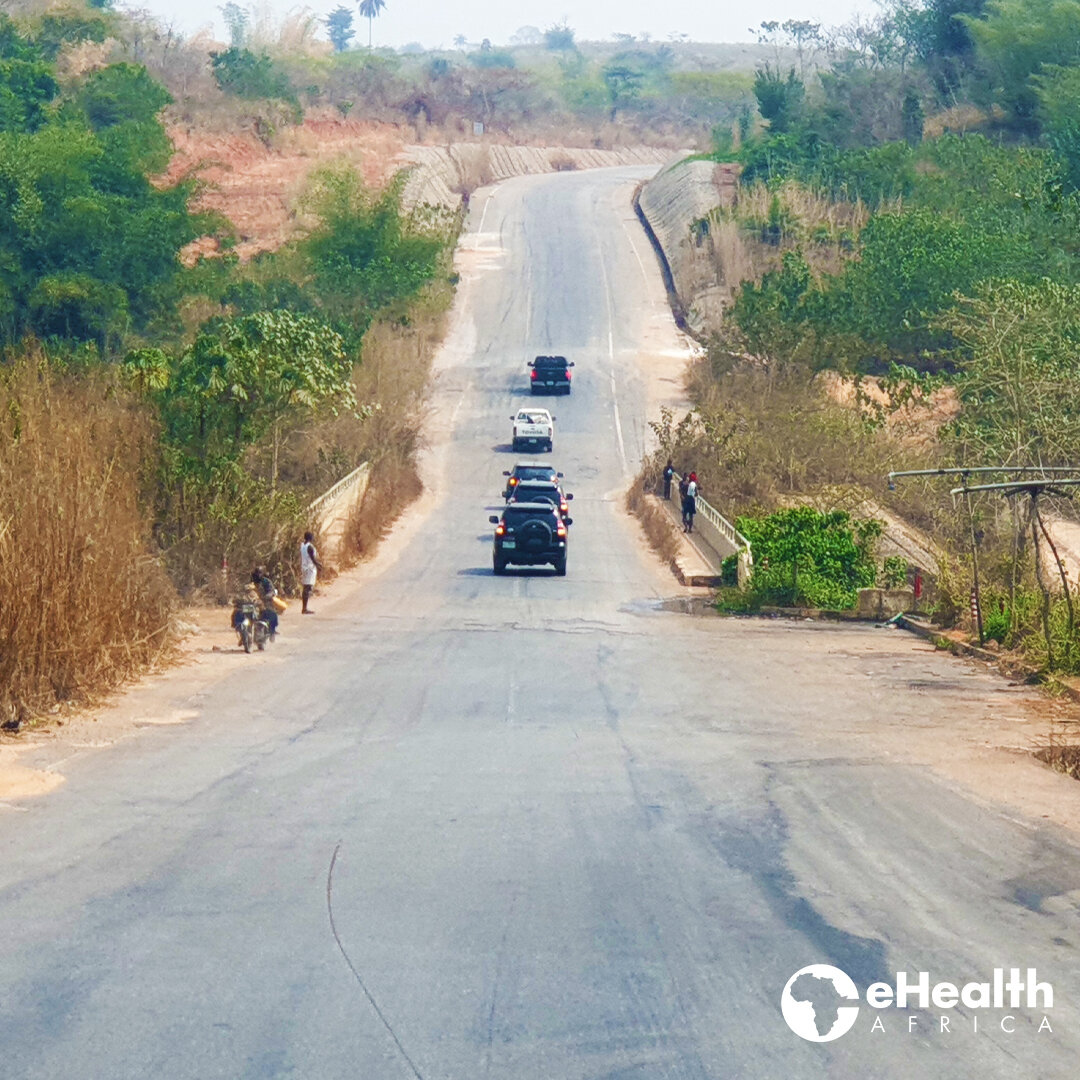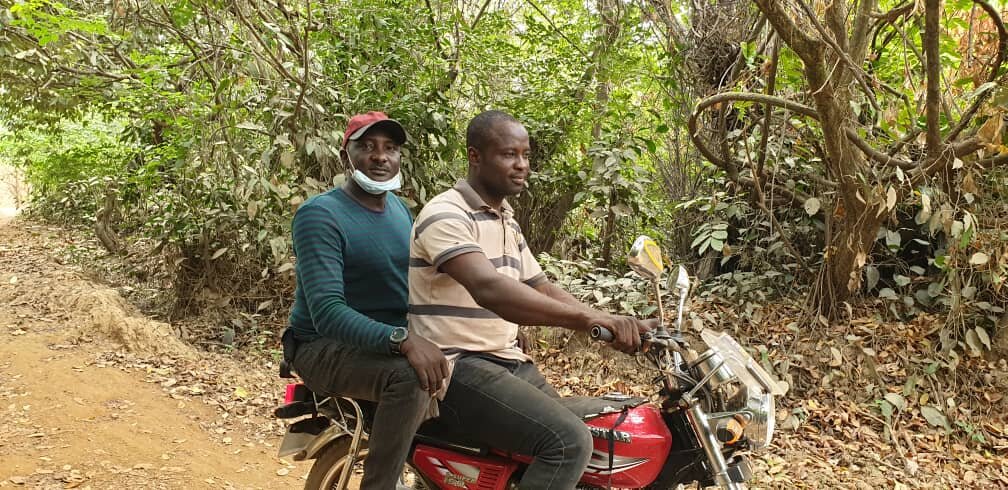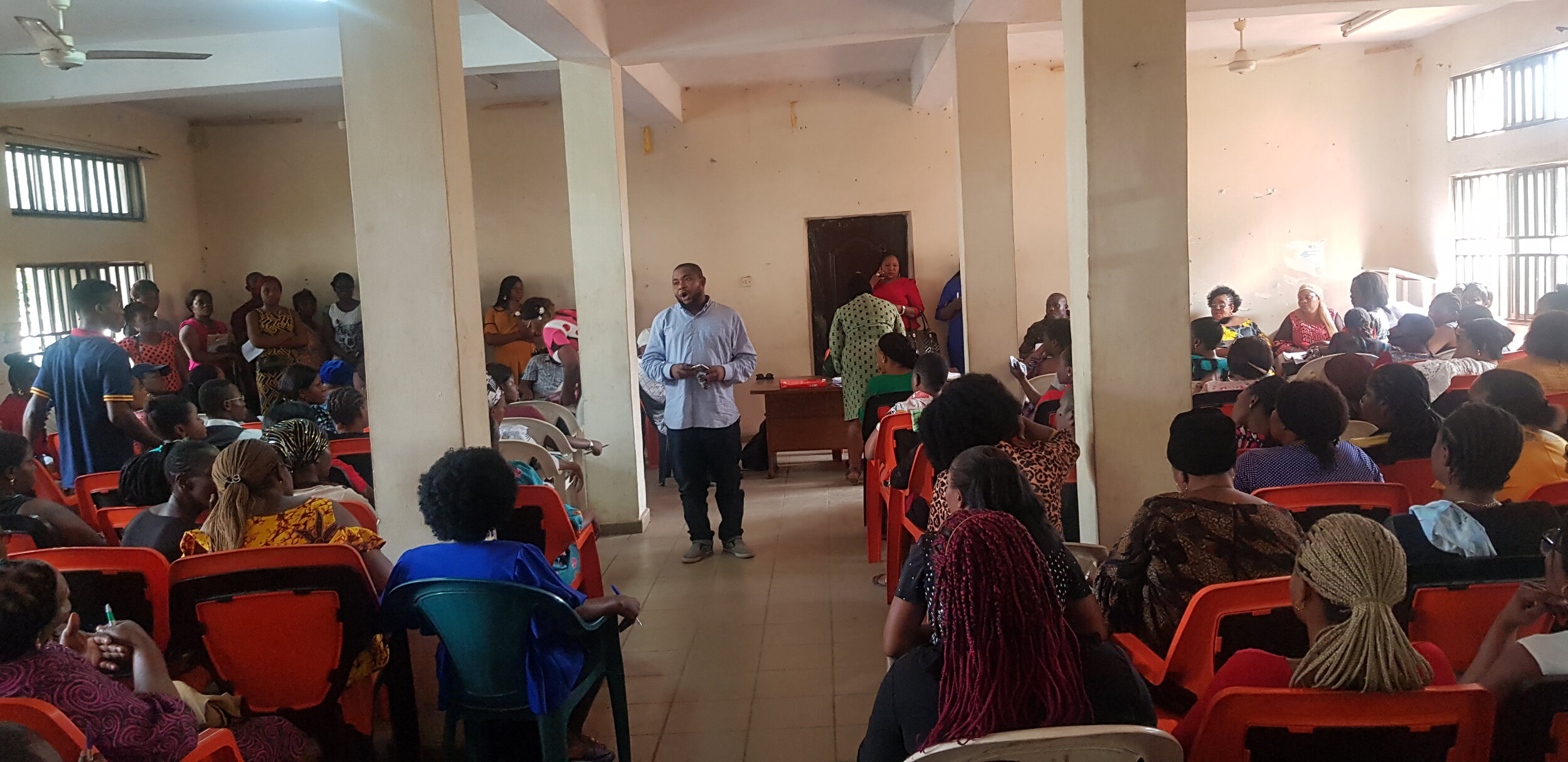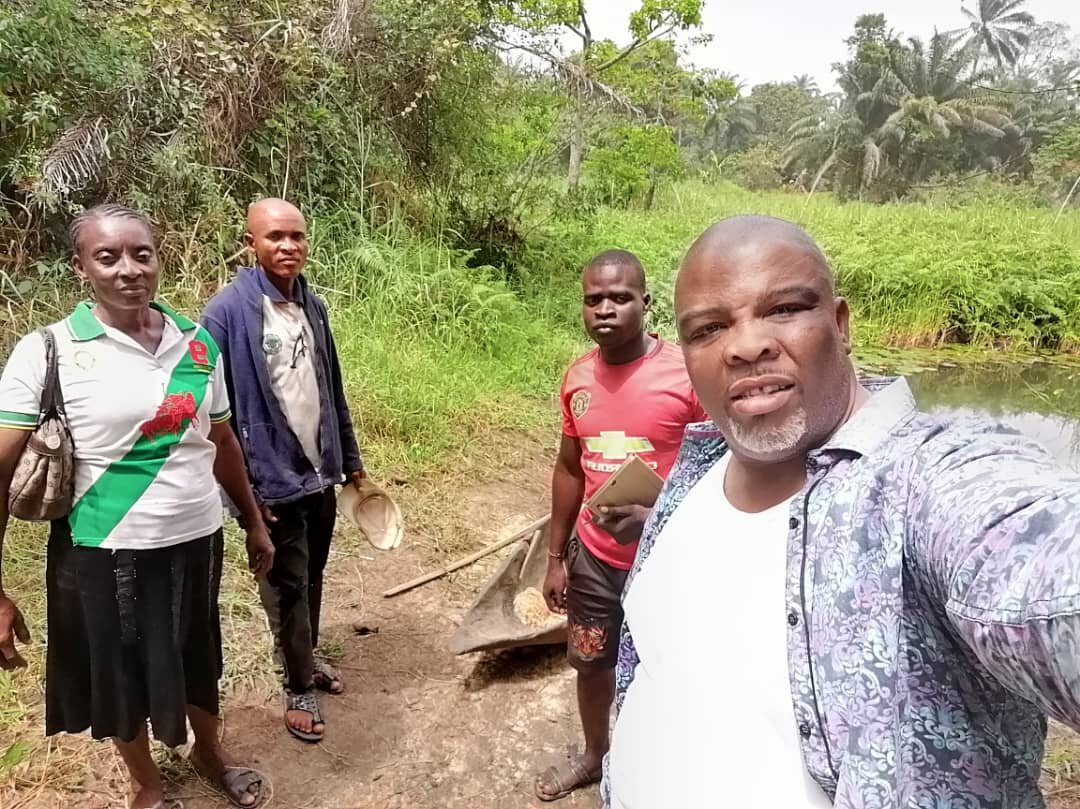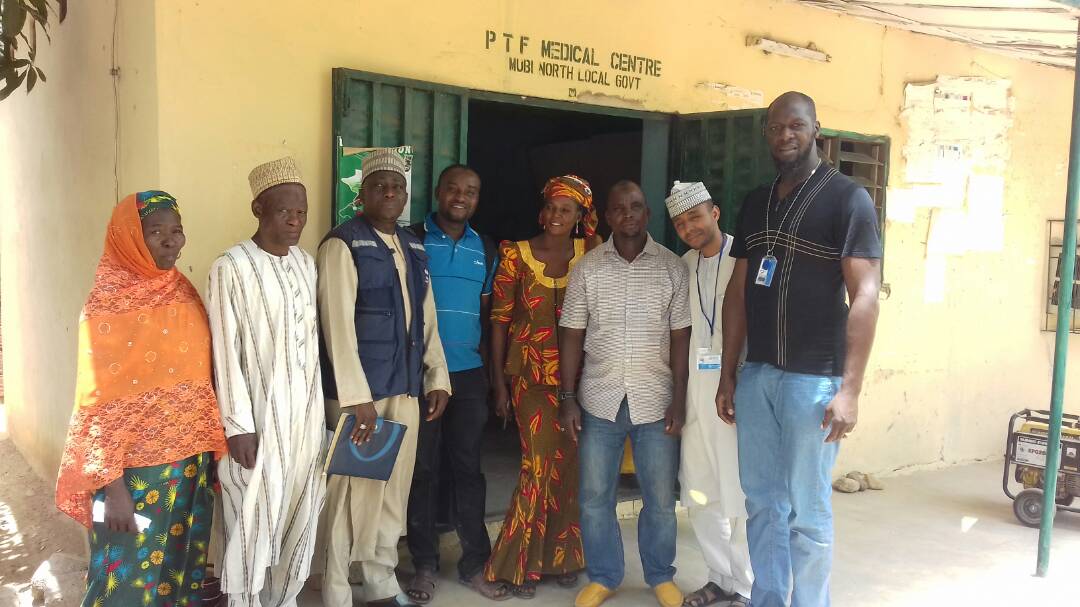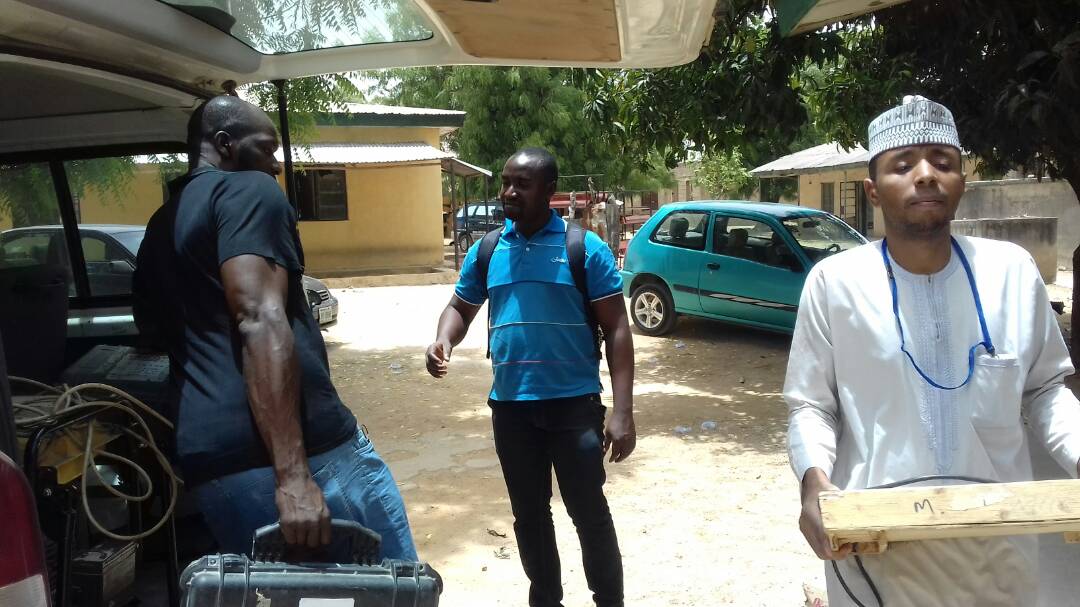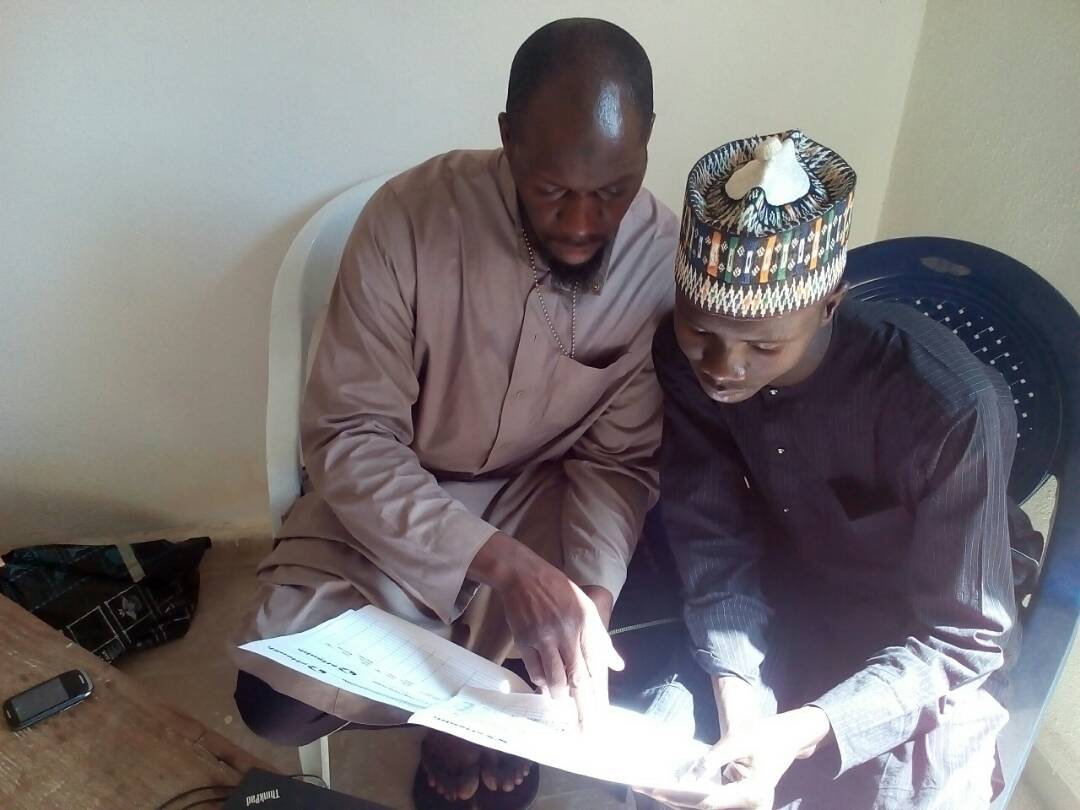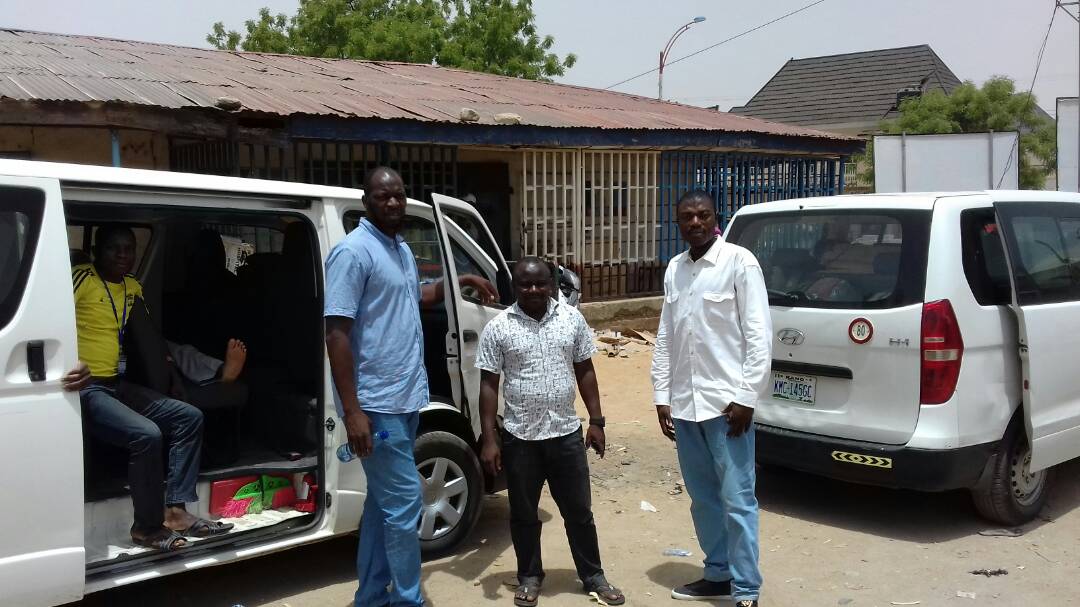Children at a school in Kogi State receive the Oral Polio Vaccine during an Immunization Plus Days (IPD) activity
Today, June 19, 2020, the World Health Organization (WHO) declared Nigeria, polio-free.
The first requirement for attaining the polio-free certification—no wild poliovirus transmission for three consecutive years—was attained on August 21, 2019 1.
The Africa Regional Certification Committee’s visit to Borno State in March 2020 as part of the process for certifying Nigeria polio-free
This success is the result of several sustained efforts, including domestic and international financing, the commitment of thousands of health workers and the switch to electronic, technology-driven data collection and management systems which have given decision-makers and polio eradication partners the accurate data needed to develop plans and strategies for reaching every eligible child, even in hard-to-reach and security-challenged areas 2.
“Having achieved the milestones of primary requirements, the ARCC will first review the complete documentation report of the interruption of wild poliovirus type 1 and then proceed to conduct field verification visits to select states in the south of Nigeria. If the ARCC is satisfied with the national documentation and field verification after both visits in December 2019 and March 2020, the WHO African Region could be certified to have eradicated polio by mid-2020.”
eHealth Africa supported these efforts by providing Geographic Information Systems-based solutions and services including the Vaccination Tracking System (VTS). Here is how states benefited :
eHA supported states to develop a comprehensive, up-to-date list of settlements.
In 2014 and 2015, eHA mapped the eleven northern states under the Global Polio Eradication Initiative (GPEI). The data proved so useful to decision-makers that eHA received funding from the Bill and Melinda Gates Foundation (BMGF) teamed up with the National Primary Health Care Development Agency (NPHCDA), the UK Department for International Development (DFID), Flowminder, the United Nations Population Fund (UNFPA) and the Center for International Earth Science Information Network (CIESIN) to map the rest of Nigeria during the Geo-Referenced Infrastructure and Demographic Data for Development (GRID3) project which lasted from 2017 to 2019. We also frequently execute data collection and campaign activities across the country during which we gather spatial and non-spatial data relating to several points of interest including settlements and health facilities. These data are housed in what we call the eHA Geodatabase (GDB).
Using the datasets in the GDB, we have helped states in Nigeria to identify previously unknown settlements and update their master list of settlements. eHA developed and provided the states updated LGA and ward level maps. The maps include the geocoordinates, names, and delineated boundaries of known and newly identified settlements. These updated master list of settlements and the new maps allow health planners to develop accurate, comprehensive micro plans for Routine and Supplementary Immunization Activities and reach eligible children in the remotest communities.
The Vaccinator Tracking System dashboard
eHA built the capacity of health teams at the state and local government levels to visualize and analyze vaccination coverage data for decision making during campaigns.
Through the VTS dashboard decision-makers, partners, and other stakeholders can access near real-time information about ongoing and concluded immunization campaigns such as the immunization coverage and missed settlements. eHA trained health teams at the state and LGA levels to easily access, visualize and analyze the data on the dashboard, and use it to promptly identify and address challenges that may affect the immunization coverage levels in the state.
The milestones recorded by Nigeria’s Polio Eradication program prove without a doubt, the positive outcomes that are possible when decision-makers use quality data as the basis for planning and implementing projects. eHealth Africa is proud to be a part of Nigeria’s Polio success story. We thank and congratulate our partner organizations and governments at the national and sub-national levels, who were all instrumental in this achievement.
Going forward, we know that a strong immunization program is essential to sustain this success so, we continue to support immunization programs at the state and national levels through projects such as Vaccine Direct Delivery, LoMIS Stock, and Kano Connect.
